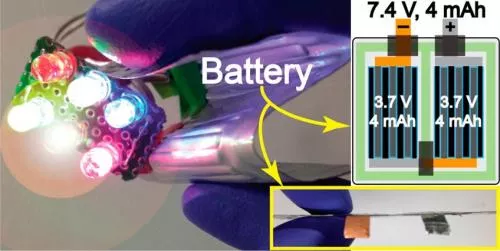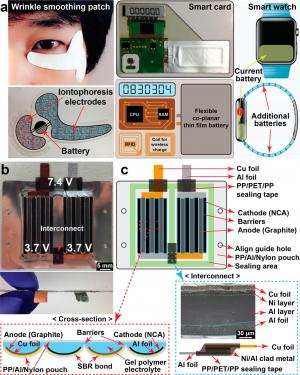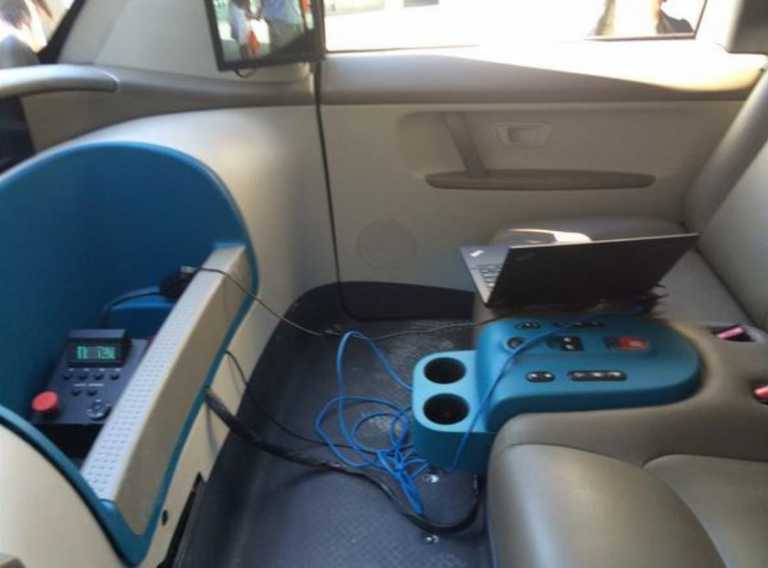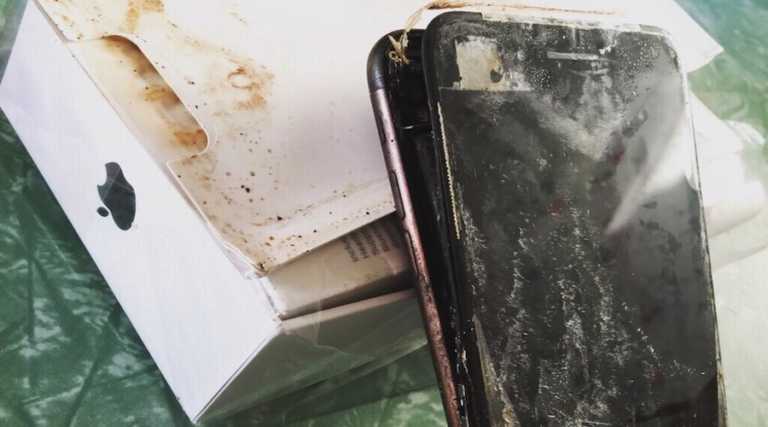Two Dimensional Flexible Battery Thinner than a Credit Card Developed

Take a look back to when we were kids. VCR’s, large batteries, walkman, cassettes – all the bulky retro stuff. All that stuff made us think that we were at the edge of technological advancement. Then walked in our CD’s, our classic mobile phones, mp3 players and all. These took us to another level of awesomeness altogether. Everything got smaller and smarter. Did you ever think that we can potentially use a battery as thin as a plastic wrap? Did you ever fathom that you could wear a flexible battery?
This flexible battery, about 0.5 mm thick, achieves its ultra-thinness by positioning electrodes next to each other on the same plane, rather than stacking on top of each other. This results in a format so thin that it could be considered two-dimensional. This is the first battery designed for bulk flexible applications that use this “coplanar interdigitated structure.” The other such batteries created have been micro batteries designed for limited use.
Positioning the electrodes side by side provides an edge in terms of performance also. This new battery exhibits a high voltage- 7.4 volts that is retained over 5,000 bending cycles. The greatest significance of this work is reducing the thickness of the battery while demonstrating robust bendability and cell performance.
The battery can be used by placing the 2 mm wide electrodes very close to each other, about 400 µm apart. But this is risky as there is a major chance of the batteries to short-circuit. To address this, inter-electrode barriers along with a curvy electrode structure are incorporated. The barriers block direct contact between adjacent electrodes, while the curvy electrodes ensure that the ends of adjacent electrodes do not come in contact with each other during bending. The battery performance is predicted to be further improved by decreasing the inter-electrode distance.
There are many potential applications for this flexible battery, especially in the medical and cosmetic fields, in wrinkle patches. These devices work by iontophoresis, in which ions driven by an electric field deliver medicine through the skin. Another application is smart cards that can store information in so many ways – such as financial, medical and personal information. They can also be used in watch straps as a supplementary source of power. Yeah, you can charge your phone on it. And yes, you can store information in it. Sounds so sci-fi-ish, doesn’t it?
But oh wait, there is more. These batteries can be recharged wirelessly as well as by an integral solar cell.
Also See: StoreDot Has Created A Battery That Can Charge Fully In 60 Seconds







